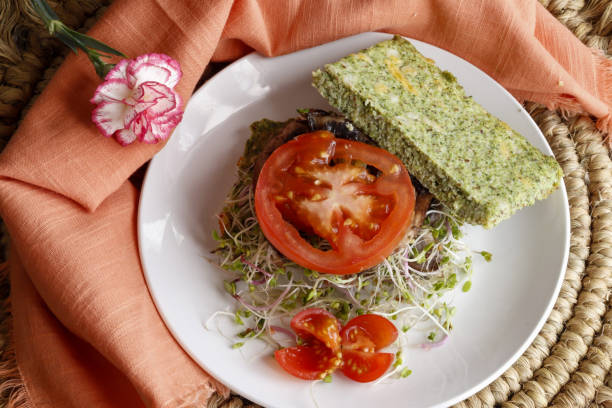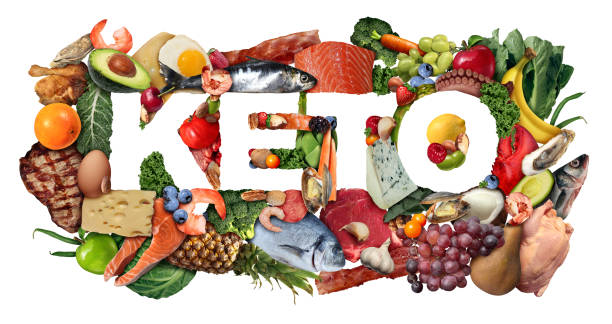The ketogenic diet, or keto diet for short, is a low-carb, high-fat diet that has been shown to help people lose weight and improve their overall health. One of the key principles of the keto diet is to stay in a state of ketosis, which occurs when the body begins to burn fat for fuel instead of carbohydrates. However, to stay in ketosis, it is important to pay attention to calorie intake.
When it comes to the number of calories needed to stay in ketosis, there is no one-size-fits-all answer. The number of calories needed will vary depending on a number of factors, including your age, sex, weight, and activity level. However, there are some general guidelines that can help you determine how many calories you need to stay in ketosis.
One of the most important factors to consider when determining your calorie needs is your basal metabolic rate (BMR). Your BMR is the number of calories your body burns at rest to maintain basic bodily functions such as breathing and maintaining body temperature. Your BMR can be calculated using a variety of online calculators.
Once you know your BMR, you can use this number to determine your total daily energy expenditure (TDEE). Your TDEE is the number of calories your body burns in a day, including the calories you burn through physical activity. To calculate your TDEE, you can multiply your BMR by a factor based on your level of activity. For example, if you are sedentary, you can multiply your BMR by 1.2. If you are lightly active, you can multiply your BMR by 1.375. If you are moderately active, you can multiply your BMR by 1.55. If you are very active, you can multiply your BMR by 1.725.
Once you know your TDEE, you can then subtract a certain number of calories from your TDEE to get your daily calorie goal for staying in ketosis. The number of calories you should subtract will depend on your weight loss goals. Generally, it is recommended that you subtract 500-1000 calories from your TDEE if you want to lose weight at a moderate pace.
It’s important to note that calorie restriction alone isn’t enough to induce ketosis. To properly enter ketosis, you should also be consuming a high-fat, moderate-protein and low-carb diet.
When it comes to macronutrient breakdown, the ketogenic diet typically consists of 75% fat, 20% protein, and 5% carbohydrates. This macronutrient ratio will allow the body to enter ketosis and burn fat for fuel.
When tracking your daily calorie intake, it’s important to make sure you are consuming enough healthy fats. Some good sources of healthy fats include avocados, nuts, seeds, olive oil, and fatty fish such as salmon.
It’s also important to make sure you are consuming enough protein. Protein is important for maintaining muscle mass while in a calorie deficit. Good sources of protein on a ketogenic diet include meats, fish, eggs, and dairy products.
Finally, it’s important to keep carbohydrate intake low, as carbohydrates will inhibit the body from entering ketosis. Good sources of low-carbohydrate vegetables include broccoli, cauliflower, spinach, and kale.
While the ketogenic diet can be an effective way to lose weight and improve overall health, it is important to make sure that you are consuming enough calories to stay in ketosis. By calculating your TDEE and subtracting a certain number of calories, you can determine your daily calorie goal for staying in ketosis. Additionally, by consuming a high-fat, moderate-protein, and low-carb diet

 Home
Home Health
Health Diet & Nutrition
Diet & Nutrition Living Well
Living Well More
More












